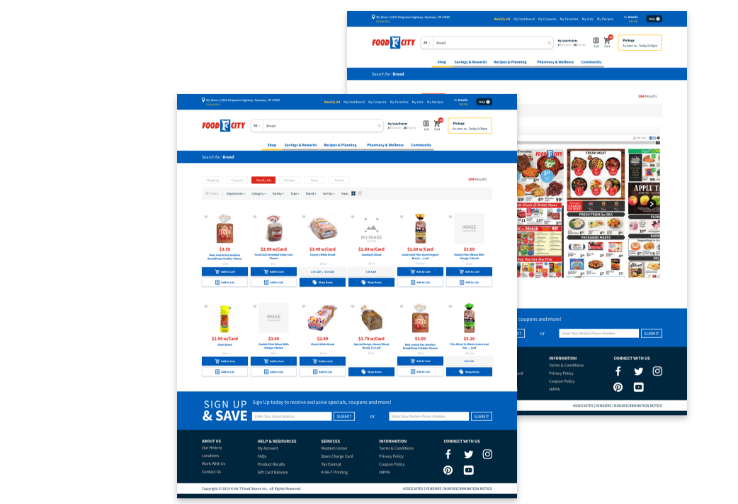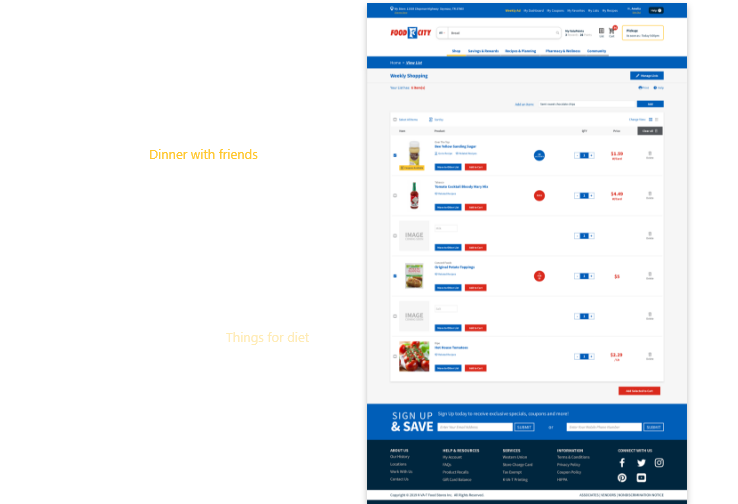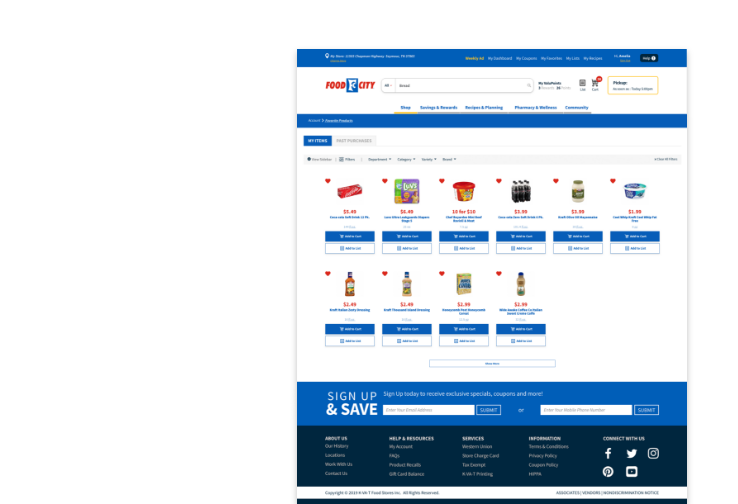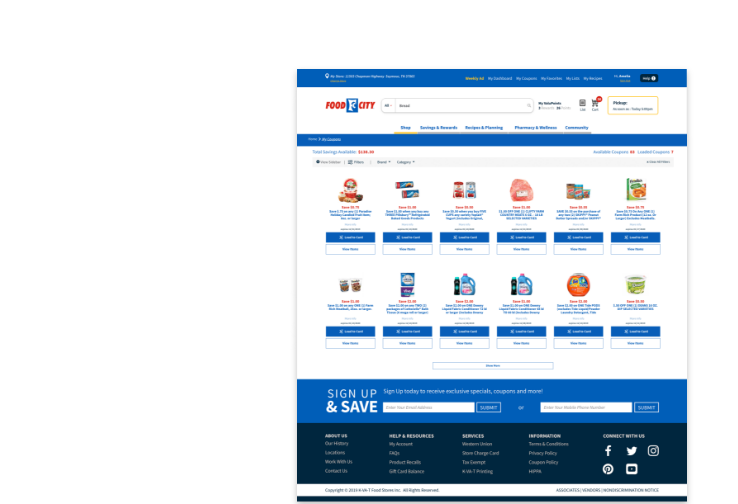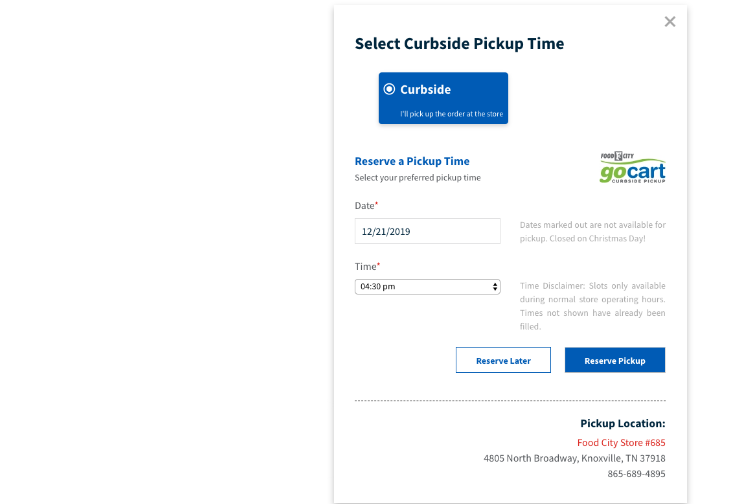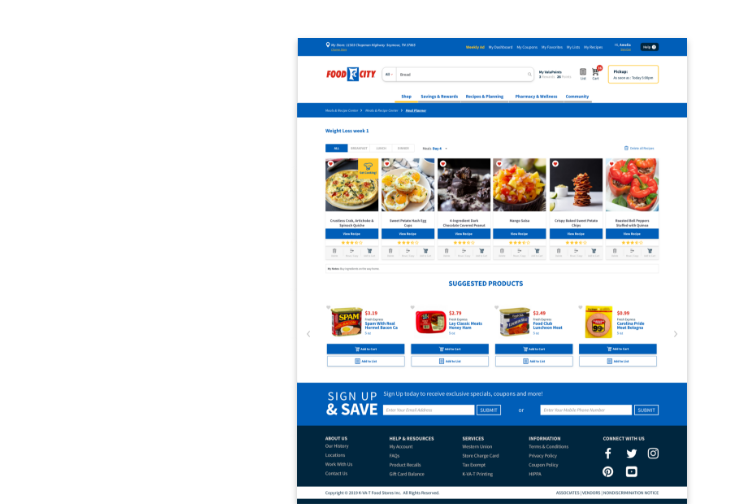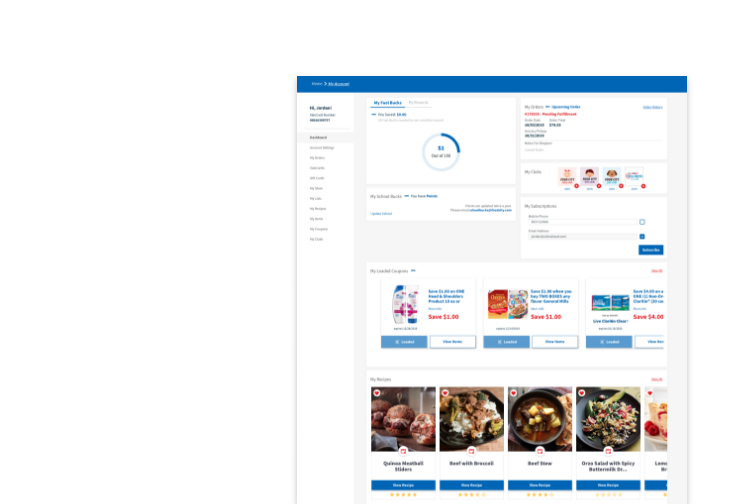
Wellness Club — The Happy Heart
Abingdon, VA. -
Tuesday, Feb 1, 2022.
Written by: Anna L. Lyall, PharmD Food City Clinical Health Coach
Roses are red, violets are blue, February is heart month – what’s in it for you? We are excited about heart month, because the heart is actually a very powerful organ in the body! This month we would like to discuss what those powers are and how you can help empower it even more.
Overview
February is American Heart Month, and regardless of your “valentine” status, we hope that you are paying special attention to the love you are showing your own heart. The Division for Heart Disease and Stroke Prevention is shining a light on hypertension (high blood pressure), a leading risk factor for heart disease and stroke. We at Food City believe in the importance of a happy heart and this month we would like to define high blood pressure, describe treatment options, and help you implement lifestyle changes which can ultimately improve quality of life. But most of all, we want to help you keep your “love factory” running smooth!
Hypertension:
High blood pressure occurs when the force of blood flowing through your blood vessels, is consistently too high. The American Heart Association states, “Nearly half of American adults have high blood pressure, and many don’t even know they have it.” High blood pressure typically does not cause any symptoms that you can see and many individuals do not realize that high blood pressure is known as the “silent killer.”
Diagnosis:
The best way to know if you have hypertension is to get your blood pressure tested. In general, a normal blood pressure is considered less than 120/80 mmHg. However, this number can be different for those with other co-existing health conditions. When left untreated, high blood pressure can significantly damage your circulatory system and contribute to heart attack, stroke, and other health threats. Your tissues and organs need oxygenated blood. When your heart beats it creates pressure which pushes blood through a network of blood vessels including arteries, veins, and capillaries. This pressure, “blood pressure” comes from two forces: The first force (systolic pressure) occurs as blood pumps out of the heart and into the arteries that are part of the circulatory system. The second force (diastolic pressure) is created as the heart rests between heart beats. The systolic pressure is represented as the top number in a blood pressure reading and the diastolic pressure is represented by the bottom number.
Medications:
High blood pressure increases the workload but decreases the efficiency. Over time, the high force damages delicate tissues inside the arteries, and the tiny tears allow things like “bad cholesterol” to bind and cause a buildup of plaque. If you have been diagnosed with hypertension and have been prescribed medication, it is important to take those medications as directed by your provider. If you are unsure which of your medications are being used for high blood pressure, ask your Food City pharmacist to help you understand your medications today! There are several different medications used for treatment of hypertension. Depending on the stage of your diagnosis your provider may recommend one or more medications to manage the high blood pressure, these recommendations are almost always paired with diet and lifestyle suggestions. We are going to discuss some of the commonly prescribed treatments in this article; however, if you do not see your medication on the list below, always remember that your provider or Food City pharmacist are great resources for more information.
Commonly prescribed classes of blood pressure medications include ACE inhibitors, angiotensin II receptor blockers, diuretics, beta blockers, and calcium channel blockers. A brief description of each class and corresponding medications will be described below.
ACE inhibitors help the body produce less of a chemical which causes the arteries to become narrow. Therefore, ACE inhibitors help blood vessels relax and open, which in turn lowers blood pressure. ACE inhibitor medications like Lisinopril (Zestril) or Ramipril (Altace) may be prescribed for this purpose.
Angiotensin II receptor blockers commonly known as “ARBs” block receptors so that constriction of blood vessels cannot occur. A couple of medications in this class include Losartan (Cozaar) and Valsartan (Diovan).
Diuretics help the body get rid of excess salt and water to help control blood pressure. A couple of diuretics you may recognize include Hydrochlorothiazide also known as HCTZ or chlorothiazide also known as Diuril.
Beta blockers reduce heart rate, the heart’s workload, and the heart’s output of blood which helps lower blood pressure. Atenolol (Tenormin), Metoprolol Tartrate (Lopressor), and Metoprolol Succinate (Toprol-XL) are all medications included in the beta blocker class.
Calcium channel blockers prevent calcium from entering the smooth muscle cells of the heart and arteries, a decrease in calcium helps the heart to contract less forcefully. Calcium channel blockers include Amlodipine (Norvasc) and Verapamil (Verelan, etc.).
Diet and Lifestyle:
The medications listed above are almost always paired with diet and lifestyle recommendations. In addition to taking your medications properly, diet and lifestyle recommendations include the following if applicable: Quit smoking, enjoy regular physical activity, eat a well-balanced diet that’s low in salt, manage stress, maintain a healthy weight, limit alcohol, and work with your doctor. Food City has an abundance of healthful food choices and resources to help get you started!
Conclusion:
While heart disease is still the leading cause of death in the United States and around the world, death rates have decreased significantly. Earlier and better treatment of high blood pressure have played a key role in that decrease. Your heart is a powerful organ, and it can also empower you to do great things! Take care of your heart today and keep that “love factory” running smooth!
This article is intended for information purposes, please speak with your health care provider concerning diagnosis and treatment.
References:
“Centers for Disease Control and Prevention.” Folic Acid; American Heart Month Toolkits 2022. American Heart Month Toolkits 2022 | cdc.gov
“American Heart Association.” High Blood Pressure. The Facts About High Blood Pressure | American Heart Association
